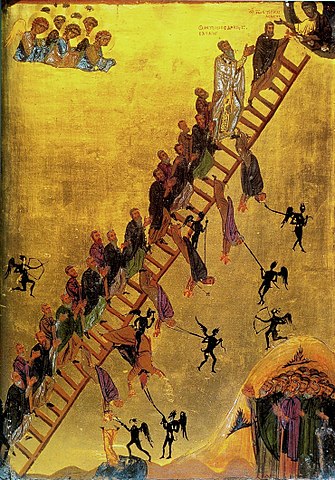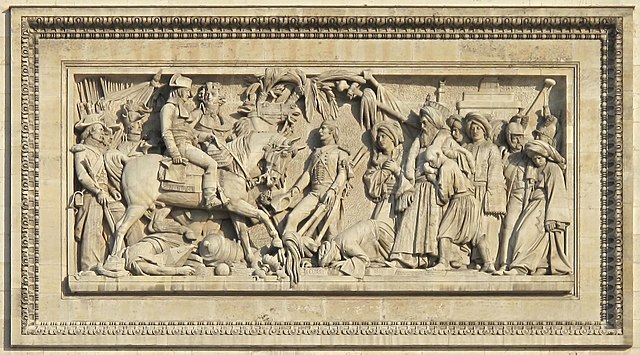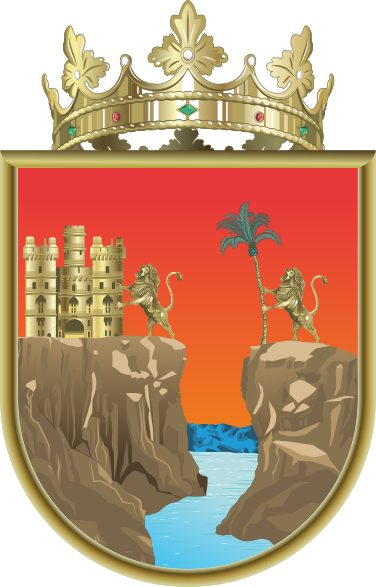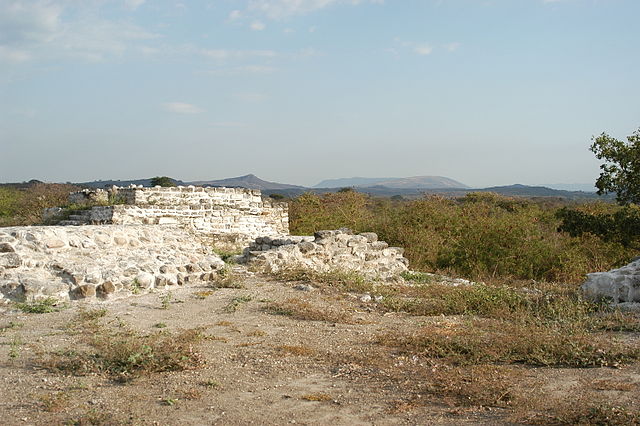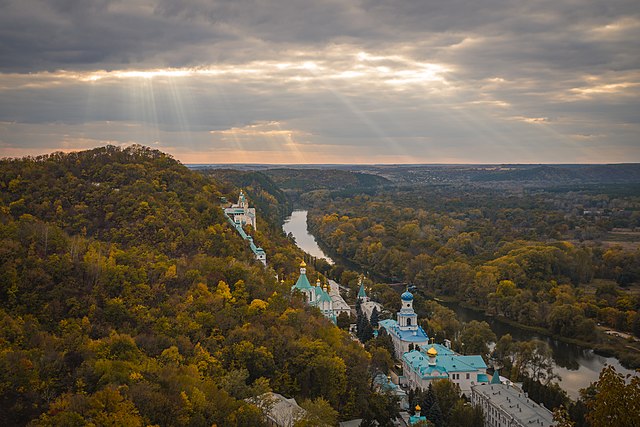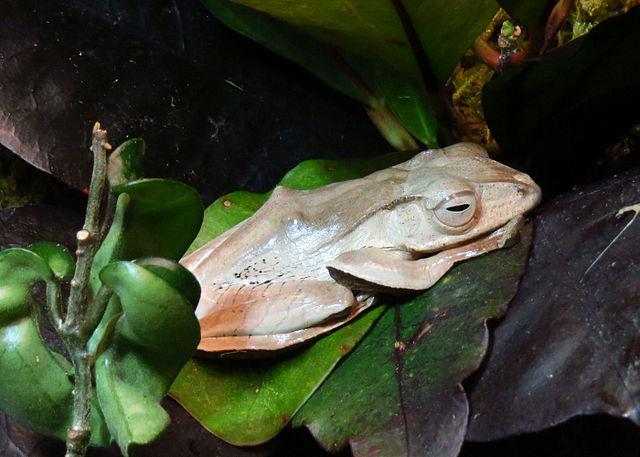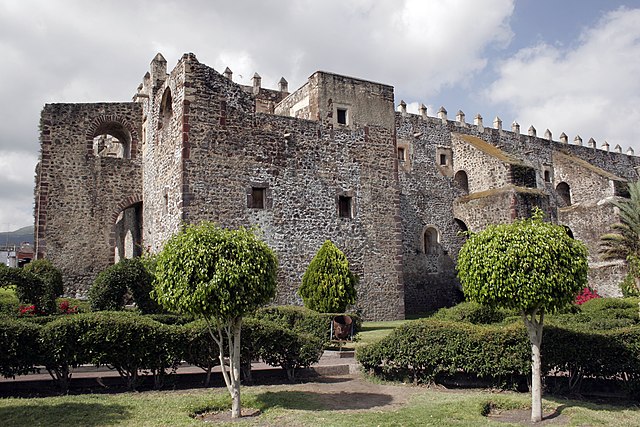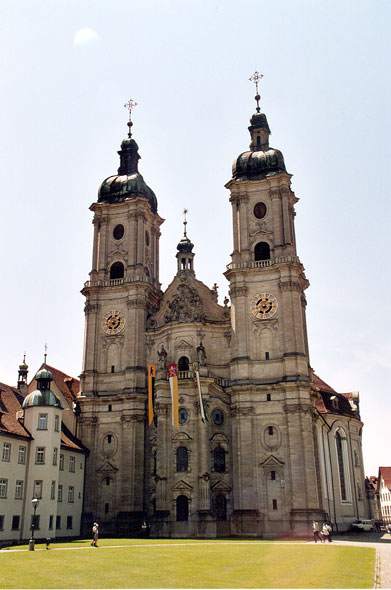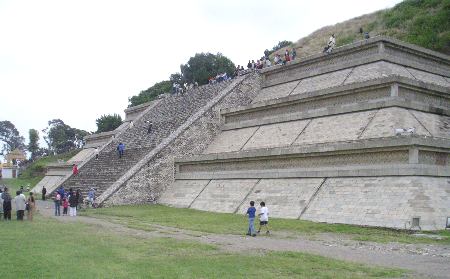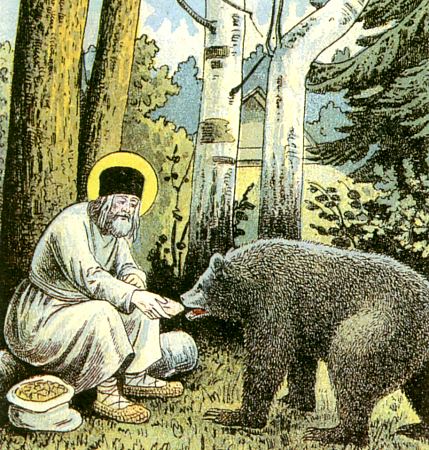We just learned about the Mexico State of Chiapas.
Another Mexico state is Nuevo León, which means New Lion, and is named after the state in Spain called León.
This state is north part of Mexico, and has one small 9 mile stretch where it connects to the US at the state of Texas.

(from: wikipedia - nuevo león)
The coat of arms for Nuevo León shows the Cerro de la Silla mountains, next a lion for the state's name.
Below that is the temple of San Francisco which was part of Nuevo León but is now in Texas.
Next to the temple are chimneys showing the workers of Mexico.
In the borders are old weapons from the warriors from long ago, and chains for the group of all the people working together.
On the bottom is a ribbon that says "Semper Ascendens" which means "Always Ascending".

(from: wikipedia - nuevo león)
La Huasteca is a place where a lot of people like to go rock climbing.

(from: wikipedia - la huasteca (climbing area))
Cerro de la Silla which means hill of the chair is a mountain area where a lot of people like to go hiking.

(from: wikipedia - cerro de la silla)
The state has a large farm of wind turbines that can bring electricity to over 630,000 homes.

(from: wikipedia - nuevo león)
Kid Facts - Blast from the past: Saint Elias Mountains
